Mobile gaming has evolved into a serious hobby and competitive pastime for millions. Yet even the most dedicated players can find their sessions derailed by choppy frame rates, intrusive notifications, overheating, and battery drain. You don’t need the latest flagship phone to dominate your favorite titles—just a handful of carefully chosen tweaks and habits that direct your device’s resources exactly where you need them. Implement these easy life hacks and you’ll notice smoother animations, quicker responses, and fewer interruptions the next time you drop into battle or explore an open world.
Optimize Frame Rates and Graphics Settings
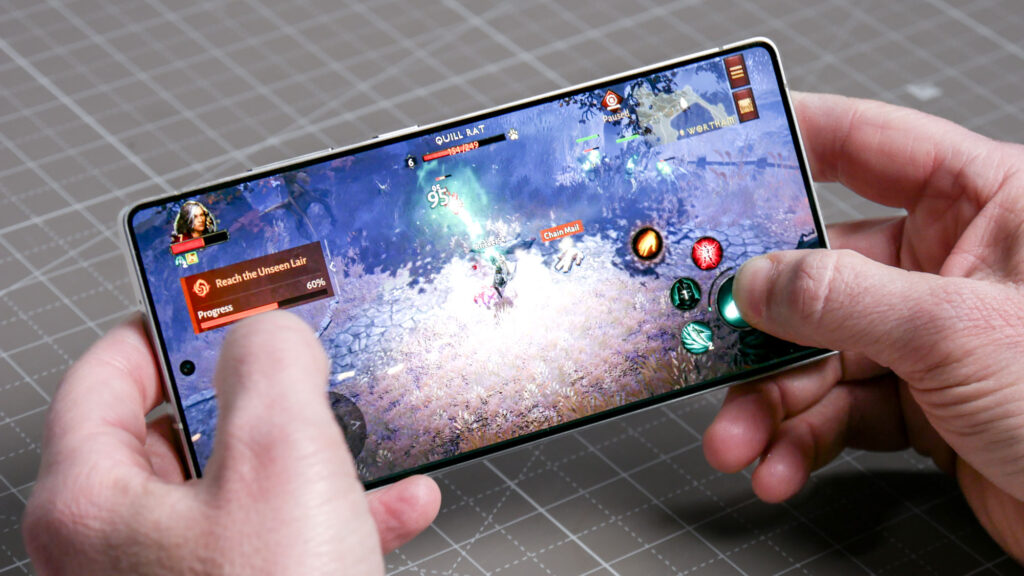
Every mobile game offers a menu to tweak performance versus visual fidelity, but most players leave these at their default “balanced” or “high quality” presets. To squeeze out extra frames per second, open the in-game graphics settings and reduce the resolution scale to around 80 percent of native. Lower texture details from “ultra” to “high” or “medium” and disable anti-aliasing or motion blur if the game allows it. Some titles let you cap your frame rate; rather than targeting 60 FPS at an unstable rate, opt for a locked 30 FPS for consistent smoothness. When possible, enable dynamic resolution scaling so that during graphically intense moments the game automatically lowers rendering resolution just enough to maintain your target FPS. These simple adjustments shift the burden off your GPU, resulting in far fewer stutters and dropped frames without turning your visuals into blocky ruins.
Silence Distractions with Notification Tuning
Your phone buzzes dozens of times per hour from emails, social media apps, and lingering reminder alerts. Each vibration or pop-up steals precious milliseconds of your attention—and often costs you a match. Before launching your game, switch on “Do Not Disturb” mode; configure it so that only phone calls or emergency contacts can break through. If your handset supports a dedicated Game Mode, toggle it to automatically suppress all non-game notifications and prevent incoming calls from hijacking your screen. On some devices, you can go even further and whitelist only your messaging apps for urgent texts, routing everything else to the background. By eliminating notification chatter, you’ll stay locked in on gameplay, react faster to in-game cues, and avoid the frustration of unexpected interruptions.
Manage Power and Temperature Efficiently
Extended gaming sessions force your CPU, GPU, and display to drain battery and generate heat at an alarming rate. To prevent thermal throttling and sluggish performance, engage any built-in battery-saving game profile. These modes usually lower screen brightness slightly and disable nonessential visual effects, buying you extra headroom before the chipset has to throttle down. If your phone offers manual CPU governor controls, choose a “performance” or “gaming” governor over “balanced.” On the hardware side, prop your device on a cooling stand or clip-on fan to improve airflow around the power-hungry SoC. When you can’t access external coolers, play in a well-ventilated area away from direct sunlight. Keeping your device’s temperature in check extends both in-session performance and your long-term battery health.
Free Up Memory and CPU Resources
Even if your favorite game has its own performance booster, you’ll get the best results when your phone starts fresh. Clear background apps and free up RAM by closing everything except your game. On Android, open the Recent Apps screen and swipe away all irrelevant apps; on iOS, swipe up from the bottom (or double-tap Home) and flick away non-essential apps. Some manufacturers provide a one-tap “RAM cleaner” or “performance booster” shortcut—use it before each match. Periodically reboot your device to flush caches and kill any errant processes that have accumulated over days or weeks of use. By dedicating as much RAM and CPU power as possible to your game, you’ll avoid sudden slowdowns caused by other apps trying to refresh in the background.
Enhance Control Precision and Immersion
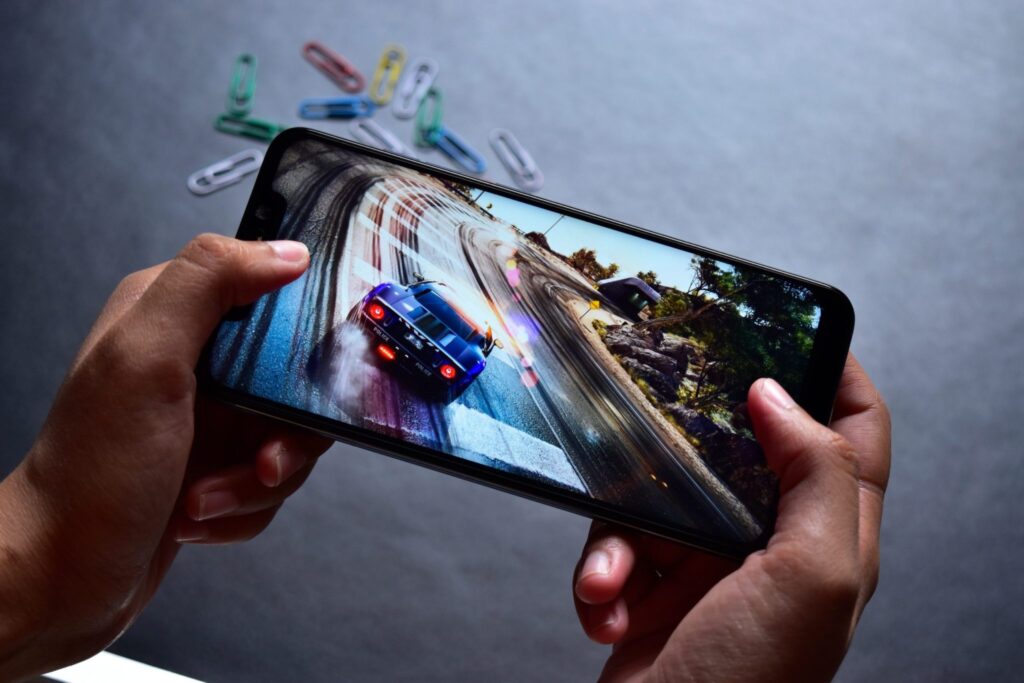
Touchscreen controls can’t match a physical controller’s responsiveness, but you can bridge the gap. Adjust your phone’s touch sensitivity and pointer speed in the Accessibility settings to ensure taps register immediately. If your device supports external controllers, pair a Bluetooth gamepad or MFi-certified controller; you’ll enjoy tactile triggers and analog sticks that outperform on-screen buttons. For sound immersion, plug in a low-latency wired headset or Bluetooth earbuds with aptX Low Latency support so that audio cues align perfectly with the action on screen. Finally, enable any in-game haptic feedback or controller vibration settings to feel recoil, impacts, and engine rumbles—these little touches can make you more aware of your in-game surroundings and enhance reaction times.
By applying these simple yet powerful mobile gaming hacks—optimizing graphics settings, silencing distractions, managing heat and power, freeing system resources, and improving controls—you’ll unlock a level of performance and immersion previously reserved for high-end devices. Whether you’re battling in the latest battle royale, racing at breakneck speeds, or battling through an epic RPG, your phone will handle every challenge with newfound smoothness and reliability. Game on!
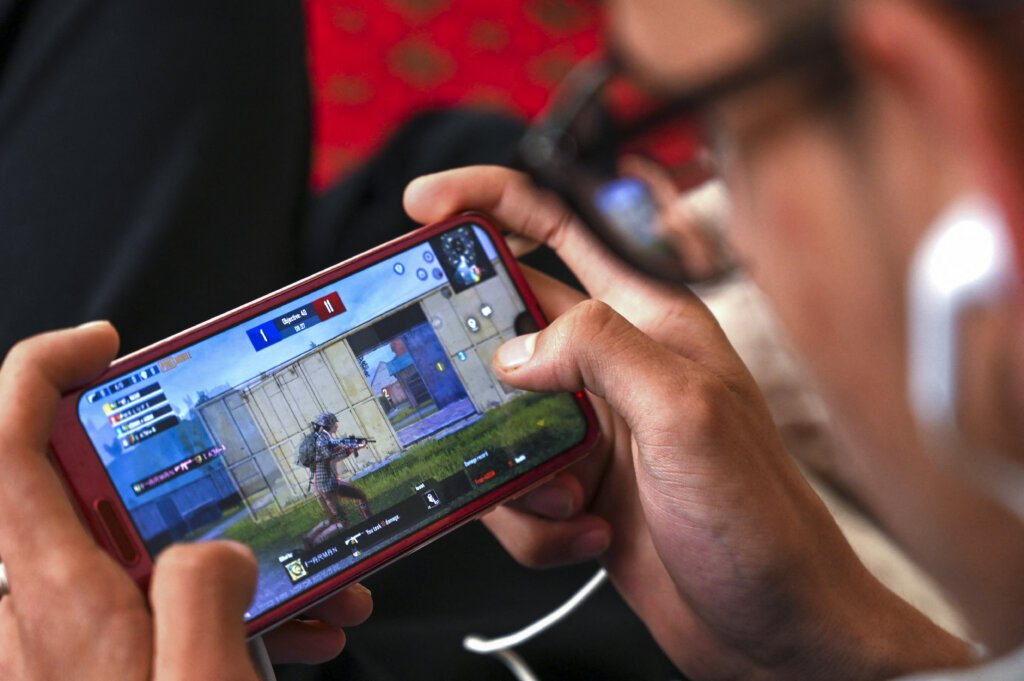
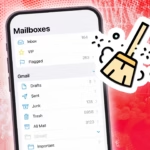

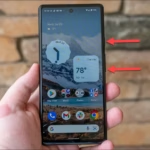
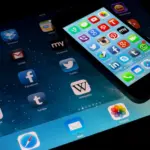
Leave a Reply